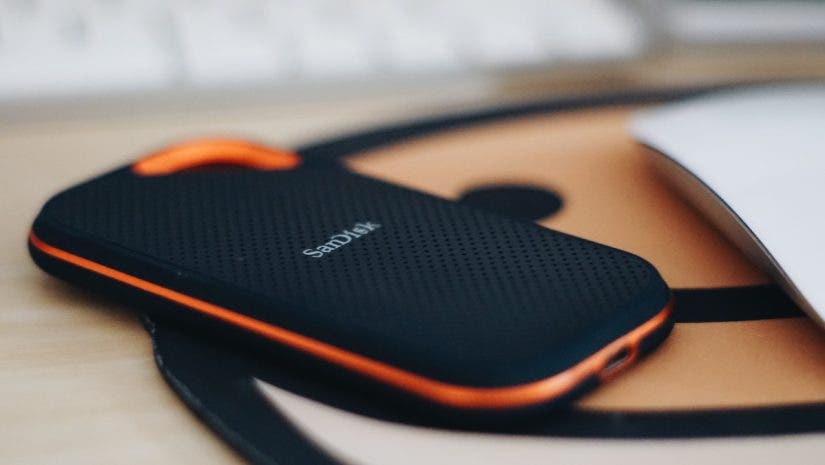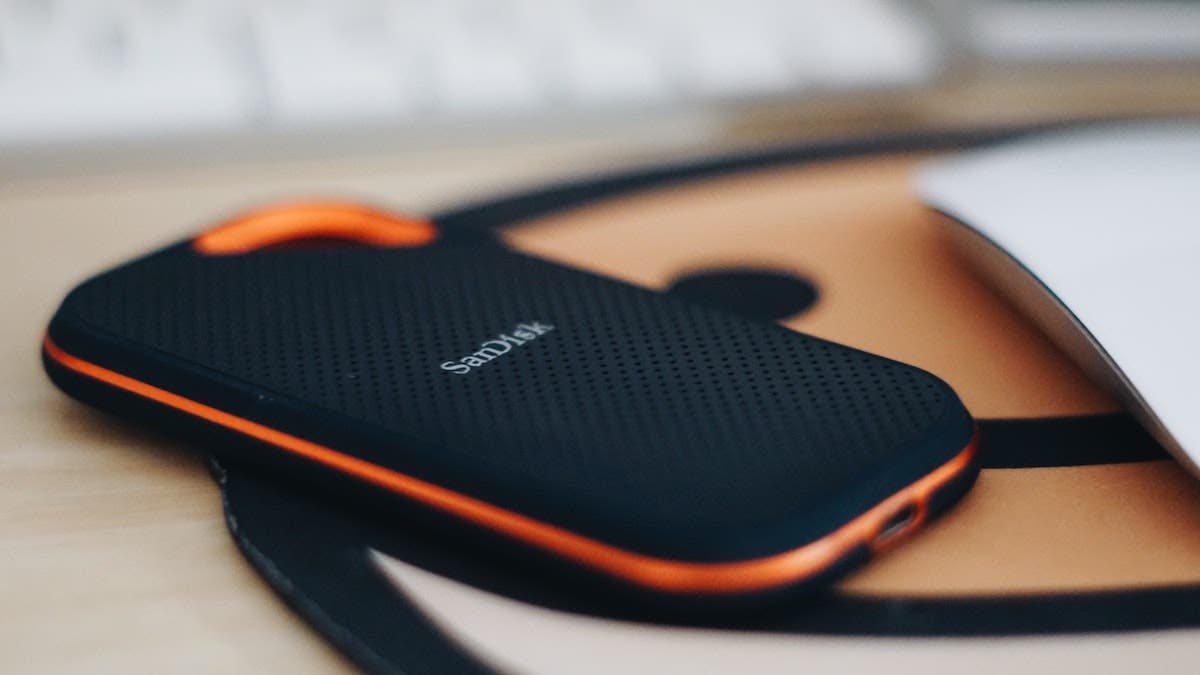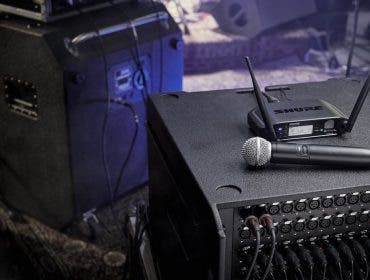Did you know there are many different forms of computer storage? While you may hear people use the term “hard drive,” this term refers to an older version of computer storage. While hard drives are still commonly used, SSDs (solid-state drives) are quickly becoming more common in computers. In this article, we’ll be looking at exactly what an SSD is, and how it is different from the traditional hard drive.
What Do Solid-State Drives Do?
A solid-state drive (SSD) serves the same function as a traditional hard drive in your computer. Whether using it internally to store data or as an external drive to use portably, SSDs hold and allow you to access your data. Solid-state drives store their data or information inside of an integrated circuit. It is stored directly in microchips, which give you almost instant access to your data. There are no moving parts inside of a solid-state drive. Many newer computers come with SSDs already installed for optimal performance.
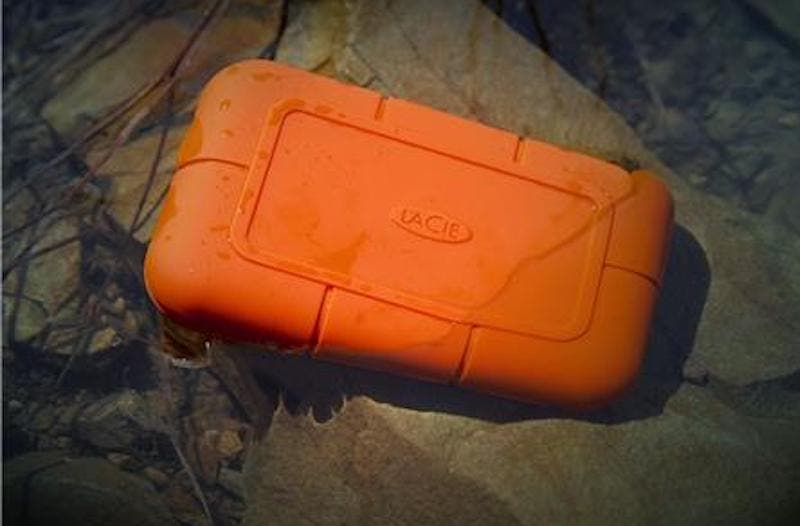
SSD vs. HDD
While a solid-state drive (SSD) may serve the same purpose as a hard disk drive (HDD), both kinds of drives function very differently.
For starters, an HDD uses moving parts to access data. A mechanical spinning disk and a moving read/write head access and write data. In an SSD, a memory chip will read and write data. This makes a major difference in the speed of your drive. Solid-state drives are far faster than hard-disk drives since there are no moving parts. Data retrieval is nearly instantaneous on solid-state drives. SSDs are also far more durable than HDDs. Dropping an HDD can render the drive unusable, while SSDs are far more durable to incidental damage.
The other major difference that you’ll notice as a consumer is the price. Hard disk drives are far cheaper and usually offer larger storage space. SSDs are much more expensive and are usually more compact while offering less storage space. In addition to the price, another disadvantage of solid-state drives is the inability to recover old data. Because of the way an SSD works, it is nearly impossible to recover lost data, unlike on an HDD.
The price for a solid-state drive has significantly reduced over the last few years as technology has improved. With all of the recent advancements, you can expect to see SSDs become both more advanced as well as more affordable in the future. Most people would agree that a solid-state drive is far better than a hard-disk drive if you can afford it. Faster speeds can make all of the difference on your computer, whether you’re a gamer, content creator, or just a professional in the office.
Types of SSDs
All solid-state drives are not equal. Let’s dive into some of the technical features of SSDs.
PCIe, or Peripheral Component Interconnect Express SSDs, are solid-state drives that don’t use a computer’s motherboard SATA Chipset interface.
NVMe, or nonvolatile memory express SSDs, deliver the highest throughput and quickest response times. You’ll generally see PCIe used for many server and connectivity solutions, while NVMe SSDs are going to offer the best read and write speeds. They are used in instances where speed is crucial.
You’ll also see different kinds of SSDs when browsing the market. mSATA and SATA III solid-state drives are very similar. The main difference is that SATA III drives are thicker compared to mSATA drives. A SATA III is housed in a 2.5” casing, so it only works in larger devices. The mSATA is roughly the size of a business card. Due to this, mSATA drives are usually used in drives with smaller storage capacities. Read and write speeds on these two kinds of SSDs are very similar.
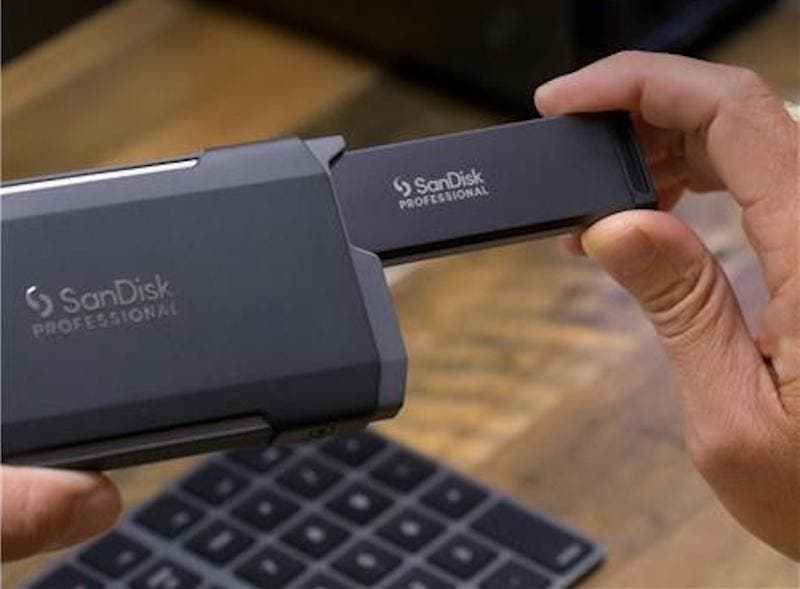
Benefits of SSDs
The most obvious benefit of using a solid-state drive is the speed. If you’re upgrading from a hard disk drive, you’ll instantly notice how much faster your computer will run. You can expect faster boot-up times and better system responsiveness if you are using your SSD as an internal storage device on your computer. If using an SSD as an external storage device, you’ll experience much faster read and write speeds for your data. SSDs are also far more efficient than HDDs, and you can expect to see better battery life out of a machine using an SSD.
If durability is important to you, then a solid-state drive is the way to go. Whether you have the drive inside of a laptop, or you’re using it externally, a solid-state drive can handle a fall much easier than a hard-disk drive. Since SSDs don’t have moving parts, you won’t experience shock damage like you would on an HDD. In addition, you won’t have to worry about the wear-and-tear of the moving pieces over time like you do with an HDD.
Lastly, since there aren’t any moving parts in an SSD, you can expect to see much more compact sizes and lighter-weight drives. Smaller sizes mean that they’re easier to carry, no matter if you are using them internally or externally with your computer. In fact, you can even find some 4TB SSD drives that are capable of fitting in your pocket. This would be unheard of for a hard disk drive.

What are SSDs Used For?
Gamers
Gamers love SSDs for how quickly games launch, as well as load between levels. Having an SSD can also help prevent “hitching” in open-world games. This is when the game can’t load fast enough for your gameplay, causing a pause to buffer. It is recommended that gamers have two hard drives — one HDD to use for general storage, as well as the largest SSD you can afford to store all of your games on. Of course, two SSDs would be the best way to go, but this can get expensive in a hurry.
Check out these Best External Hard Drive Options for PS5.
Business Professionals
Business professionals use SSDs on both their desktop and laptop computers. A solid-state drive can be used to help computer applications boot up quicker and become more responsive. In addition, SSDs are excellent for multitasking, when you may need to switch between numerous applications quickly. An SSD can also be used externally to store data or information. Since SSDs have no mechanical parts, they are considered far better to use for sensitive data, where the data can’t be recovered once it is deleted.
Content Creators
For content creators, SSDs offer superior running speeds for programs that require a lot from your computer. If you have an internal SSD, programs will start up quicker and become more responsive. When paired with an external SSD as well, your photos, videos, or other files will load much quicker, allowing you to execute quicker edits, exports, and renders. Since the read and write speed of SSD drives is also much quicker, you can use them to back up your data, and you don’t have to worry about the internal parts of an HDD that break down over time. Overall, creators can expect their workflow to be greatly improved if upgrading to a solid-state drive.
Check out this Beginner’s Guide to Photo Storage for more information.
Best Solid-State Drives
Externals
SanDisk Desk Drive USB 3.2 Gen 2 External Desktop SSD 4TB
The SanDisk Desk Drive is ideal for desktop backups with its impressive HDD capacity and SSD speed. It has a massive 4TB storage that can securely keep your photos, videos, and important documents. It’s compact and sturdy, ready to go anywhere with you, whether it be photoshoots or family trips. It can reach read speeds of up to 1000 MB/s and has automatic backup via included software.
LaCie Rugged 1TB USB 3.2 Gen 2 Type-C External SSD
If you need speed and durability, look no further than this 1TB SSD from LaCie. This drive offers speeds up to 1050 MB/s a second and is compatible with Thunderbolt 3, USB-C, and USB 3.0 on both Mac and Windows. Durability needs are met with an IP67 rating for extreme dust and water resistance.
SanDisk Extreme Portable 1TB USB 3.2 Gen 2 Type-C External SSD V2
The second generation of SanDisk’s Extreme Portable SSD promises 2x speeds (1050MB/s read and 1000MB/s write) in a very portable and compact package. IP55 water and dust resistance make this drive perfect for the creator on the go, and this external drive even comes with a 5-year limited warranty.
Crucial X6 2TB USB 3.1 Gen 2 Type-C Portable External SSD
This SSD is tiny in size, but giant in storage. Offering 2TB of storage in a device that fits between your fingers, this external SSD is perfect for those who need a lot of space in a small and light drive. Offering read and write speeds up to 800MB/s, it is 5.6x faster than a traditional hard drive.
Internals
Seagate FireCuda 540 2TB NVMe PCIe Gen5 x4 M.2 SSD Internal SSD with Heatsink
A 2TB capacity should be more than enough for your gaming or creative needs, and this internal solid-state drive offers up to 2000TB of Total Bytes Written. A low-profile heatsink ensures that heat dissipates and reduces thermal throttling. This drive was built for sustained abuse and accelerated gaming. Even if you are a console gamer, this internal SSD is compatible with PS5 consoles with no additional parts needed.
Angelbird AV PRO MK3 1TB SATA III 2.5″ Recording SSD
Designed with the audio and video professional in mind, this SSD from Angelbird features read speeds of 560MB/s and write speeds of 500MB/s. This drive was made to meet the demanding specs of creators while also offering rock-solid stability. It ensures you won’t need to think about your drive when focused on the creative task at hand.
SanDisk Professional PRO-BLADE 2TB Ultra-Portable/Modular NVMe Internal SSD Mag
Compact and lightweight, the SanDisk PRO-BLADE SSD comes ready to go on MacOS right out of the box, or you can reformat it for compatibility with Windows. You can stack this drive in the PRO-BLADE Station desktop enclosure to get up to 16TB of total capacity and up to 3000MB/s transfer speeds. This SSD can withstand 3m drops and up to 4000 lbs crush.
WD Blue 2TB 3D NAND SATA III 2.5″ Internal SSD
This WD Internal SSD offers 560MB/s read speed and 530MB/s write speed. Combined with their free WD SSD Dashboard app, it has never been easier to upgrade your system to their SSD. This SSD has some of the best reliability specs on the market today, with 1.75M hours MTBF (mean time between failures) and 500 TBW (terabytes written), you can have peace of mind knowing that this drive will work for years to come.
WD_BLACK SN750 2TB NVMe M.2 Internal Gaming SSD with Heatsink
Whether building or upgrading your gaming PC, this SSD is an excellent choice, offering 3400MB/s read speed and 2900MB/s write speed. A sleek heatsink intensifies your gaming setup while also maintaining the peak performance of your computer. This SSD is intended to be used with desktop PCs where performance really matters.
Picking out the right SSD is going to depend on what you intend to use the drive for. Gamers, professionals, and content creators will all love the benefits you’ll receive from your new SSD. There is a lot to learn about solid-state drives, but one thing is for certain – upgrading from a hard disk drive to a solid-state drive is sure to improve the speed and responsiveness of your computer.
Frequently Asked Questions
SSD means “Solid-State Drive.” Traditional hard disk drives (HDDs) use spinning disks and moving parts to store data, meanwhile, SSDs use flash memory chips to do the same.
An SSD improves gaming by significantly reducing loading times and providing smoother gameplay experiences. With an SSD, games load much faster, meaning you spend less time waiting for levels to load or transitions to occur.
Determining how much SSD storage you need depends on your usage. For gaming and everyday tasks, 500GB to 1TB is usually sufficient, storing your operating system, essential software, and a good number of games. If you’re a heavy gamer or work with large files like videos or graphics, consider 2TB or more.
